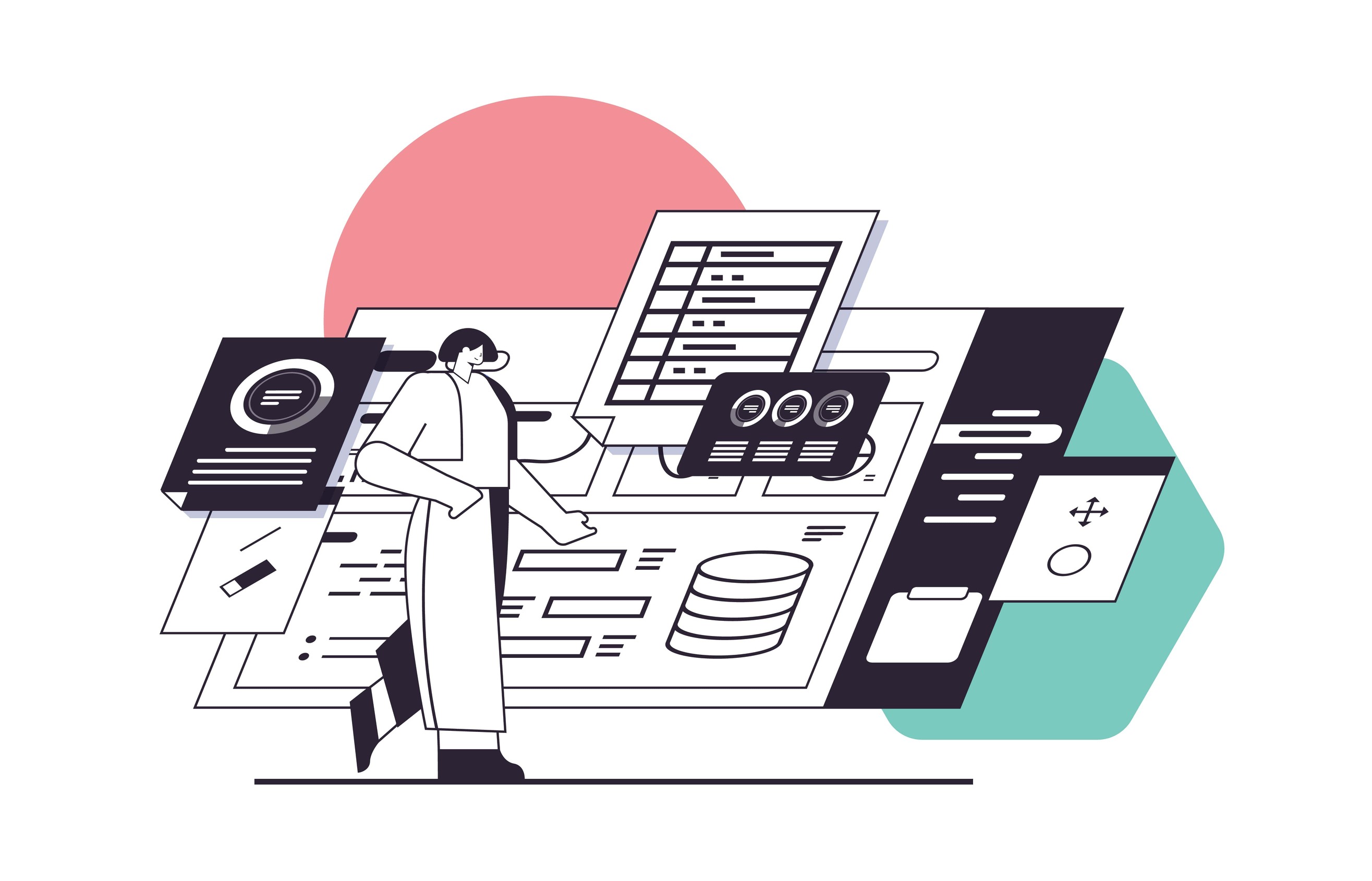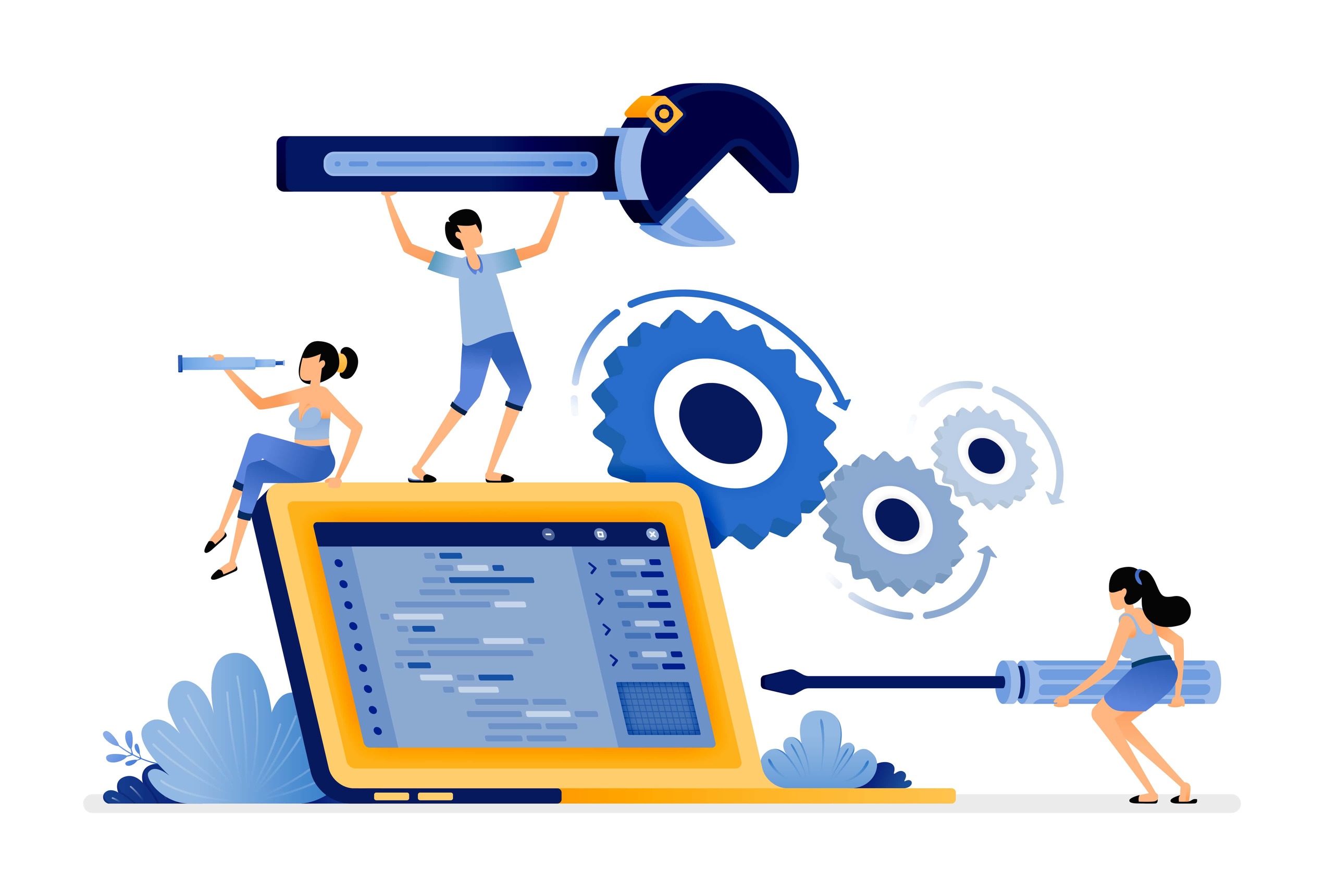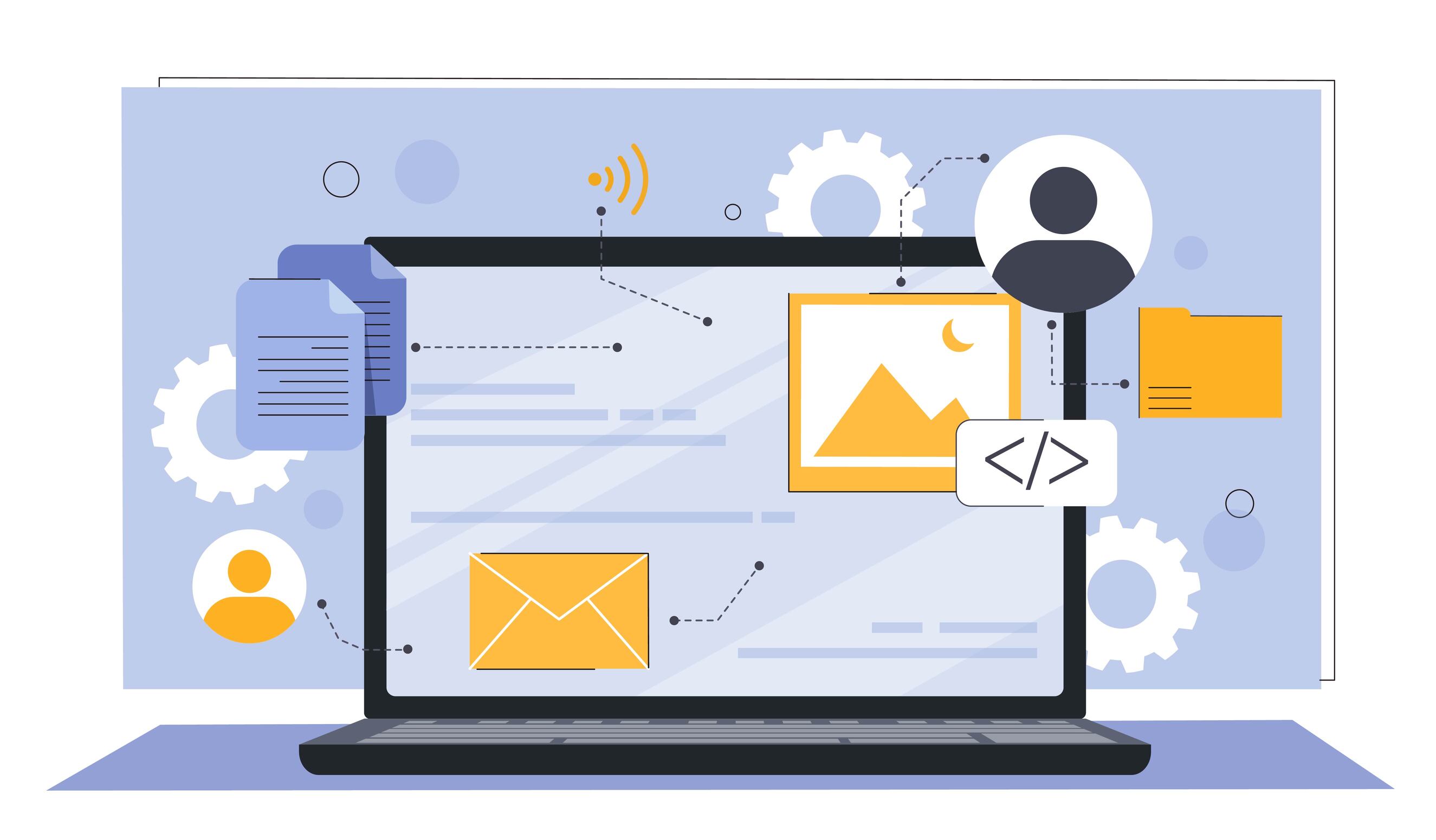Establishing an Organizational Portal that Leads to Real Efficiency
Corporate portal

 1977
1977 
Establishing an Organizational Portal that Leads to Real Efficiency
In today's competitive world, organizations face complex challenges in improving communication, boosting productivity, and creating a collaborative work environment. An effective organizational portal is a powerful tool that can significantly assist in achieving these goals and bring about real efficiency in business processes. However, establishing a successful organizational portal is no small task - it requires careful planning, a thoughtful choice of technology, user-focused design, and a winning implementation strategy. In this article, we will detail the essential steps and the most important considerations in building an effective organizational portal that not only looks good on paper but also leads to a tangible improvement in the organization's performance.
The Main Steps in Establishing a Successful Organizational Portal
- Defining Goals and Needs: Before approaching the portal's design, it is important to deeply understand the business objectives it is meant to achieve and the needs of future users. What problems or pain points should the portal address? What is the vision and the long-term goals? What functions and essential content do employees require? Conversations with stakeholders, surveys, and workflow mapping will help you form a clear picture.
- Selecting the Appropriate Platform and Technology: There are dozens of platforms and technologies for developing organizational portals, each with its own advantages and disadvantages. Whether you choose an off-the-shelf solution like SharePoint or custom development - ensure that the platform meets your requirements in terms of functionality, integration, data security, flexibility, and long-term maintenance costs.
- Designing an Intuitive and User-Friendly Interface: The design of the User Interface (UI) has a critical impact on the user experience of the portal and its adoption level among employees. Invest in a clean, aesthetic, and easy-to-navigate design that allows users to find and complete tasks easily and efficiently. Ensure clear information hierarchy, prominent action buttons, responsiveness for mobile devices, and consistency with the organization’s visual language.
- Developing Essential Content and Applications: The content and applications on the portal are the main reasons employees will return to use it day after day. Create a knowledge management system with an intelligent search mechanism that is filled with up-to-date and useful information. Implement collaboration and communication tools such as blogs, communities, and video chats. Integrate relevant organizational applications such as dashboards, task management, online learning, and digital forms.
- Formulating an Implementation and Training Strategy: Even the most sophisticated portal will not achieve its goals if employees are unaware of it, do not understand how to use it, or do not see its value. Plan a comprehensive internal campaign for launching the portal to create awareness and anticipation. Prepare training and support materials that demonstrate the portal's benefits to every employee. Appoint "digital champions" in each department to promote adoption and assist in troubleshooting.
- Measurement, Optimization, and Continuous Improvement: After the launch, the mission does not end. Regularly measure the portal's performance and usage level using analytics tools and user surveys. Analyze the data to identify patterns, issues, and pain points. Continue to improve and adapt the portal according to feedback and the changing needs of the organization. An effective organizational portal is a living entity that constantly evolves.
Real Success Stories of Organizational Portals in Israel
- Bank Leumi: The bank implemented a SharePoint-based portal that unifies access to various systems and processes, such as knowledge management, onboarding, learning, and HR services. Over 80% of the bank's employees use the portal daily, and the time taken to execute key processes like onboarding new employees has been reduced by about 40%.
- Teva Pharmaceutical Industries: Teva developed a customized portal that serves more than 40,000 employees in 60 countries. The portal centralizes organizational communication, global knowledge sharing, and critical business applications in a uniform interface tailored to the needs of each employee. Thanks to the portal, productivity and interdepartmental collaboration have increased by significant percentages.
- The Teachers' Union: An organization comprising tens of thousands of teachers across the country established a portal that has become the digital activity hub of the organization. The portal includes news, professional content, an event management system, thematic communities, and more. The portal has received satisfaction ratings of over 90% from teachers, significantly increasing engagement and discussion within the organization.
Common Mistakes to Avoid
- Developing the Portal Detached from Employees’ Needs: Sometimes, the organization’s management or IT department decides on the portal's content and materials without consulting the employees in the field. The result can be a portal that is irrelevant or not useful to most employees, and thus it will not be adopted by them.
- Non-Intuitive and Difficult-to-Use Design: Overly cluttered portals, with confusing navigation, unreadable text, or slow loading times - create a poor user experience and deter users from returning to the portal. Ensure a "clean," simple, and user-friendly design.
- Overloading with Irrelevant Information: The notion of "the more information, the better" is incorrect. Overloading the portal with huge amounts of unorganized and non-personalized material will cause employees to give up on searching for truly important information. Ensure a smart sorting and filtering mechanism for the content according to the user's profile.
- Lack of Content Update Mechanisms: A portal whose content is not continuously updated will quickly lose its relevance. Define processes and clear responsibilities in advance for content updates. Implement tools that allow different departments to easily manage their content.
- Absence of an Effective Implementation and Training Program: Launching the portal without training employees on how to use it, or without creating awareness and motivation to use it - is a surefire recipe for failure. Successful implementation requires a planned effort in advocacy, training, and motivation throughout all project stages.
Conclusion
An organizational portal is a powerful strategic tool that can significantly contribute to improving communication, knowledge sharing, and productivity in organizations of all types and sizes. However, establishing and implementing a portal is not a trivial undertaking. It requires deep thought, meticulous planning, and ongoing effort.
A thoughtful choice of platform, adherence to intuitive design, focus on relevant content, and effective change management - all these are essential components in building a winning organizational portal that truly enhances work efficiency and achieves business goals.
So if you are considering implementing a portal in your organization, or want to upgrade an existing portal - do not hesitate. Contact consultants and experts in the field who will guide you through all stages of the process, from needs mapping to successful launch. The effort and resources you invest will pay off in improved organizational efficiency, more satisfied employees, and better business results.






